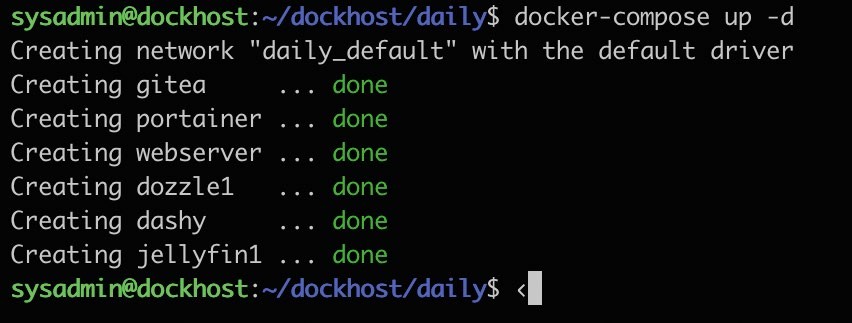
Being able to launch a series of complex deployments with a single command is admin heaven.
Everyone knows how containers revolutionised application building and deployment. Using a E disposable stack of containers that make up an app that aren’t using the docker-compose command to manage the stack are missing a trick.
It allows the shipping of an entire stack in one single file. Using docker-compose enables the administrator to group all the application’s containers into a single stack. It means an entire stack can be started or torn down with next to no effort. No configuration needed. It can be as simple as docker-compose up and stopping the stack with docker-compose down . As a really useful example, it provides a way to distribute an entire application that can be deployed as designed, tested and then brought down and deleted.
In production, using docker-compose is much easier than trying to launch 15 different containers manually and the overhead that comes with that. Many applications now provide the docker-compose.yml file to build the application rather than raw Docker.
Using this method also makes networking easier, because it places all the containers in the same network, making communication simple and less problematic. Below is a really simple setup to show how useful and easy it is to utilise.
Depending on your setup, you may need to install the Docker-compose application. In the case of Ubuntu, this would be: